In Istanbul, few places pulse with the same quiet power as Sultanahmet Square. It’s not just a plaza-it’s where empires collided, pilgrims prayed, and centuries of history settled into the cobblestones beneath your feet. Walk here at sunrise, and you’ll see elderly men sipping çay from tulip-shaped glasses outside the same café their grandfathers used. At noon, tour groups cluster around the Blue Mosque’s minarets, but locals slip past them, heading toward the hidden courtyard of the Chora Church, where Byzantine mosaics glow like stained glass in the afternoon light.
The Square That Shaped a City
Sultanahmet Square was once the Hippodrome of Constantinople-the heart of Byzantine public life. Chariot races drew crowds of 100,000. Emperors stood on the Porphyra stone to greet the people. Today, you can still trace the old race track’s outline in the pavement. The Serpentine Column, brought from Delphi in 330 AD, leans slightly, its three intertwined snakes worn smooth by centuries of touch. Locals say if you rub the snake’s head and make a wish, it comes true. I’ve seen Turkish students do it before their exams. Foreign tourists snap photos. No one tells them the snakes are missing their heads-looted by Crusaders in the 13th century.
At one end of the square, the Blue Mosque-Sultan Ahmed Mosque-dominates the skyline. Its six minarets are unique in Istanbul. Most mosques have four. This one was built in 1616 to rival the nearby Hagia Sophia, then the world’s largest church. The mosque’s name comes not from its architecture, but from the 20,000 hand-painted İznik tiles lining its interior, painted in shades of cobalt and turquoise. Locals know the best time to visit is after Friday prayers, when the crowds thin and the call to prayer echoes through the arches like a sigh.
Hagia Sophia: Where Faiths Overlap
Just across the square, Hagia Sophia stands as Istanbul’s most layered monument. Built in 537 AD as a Christian cathedral, it became a mosque after the Ottoman conquest in 1453, then a museum in 1935, and returned to a mosque in 2020. You can still see the Christian mosaics of the Virgin Mary and Christ Pantocrator behind the mihrab, covered by curtains during prayer times. The call to prayer and the chime of church bells used to compete here-now, only one rings out. But the building still holds both. Muslims kneel on the same marble where Byzantine emperors once crowned themselves. It’s not just history-it’s living memory.
Locals don’t call it ‘Hagia Sophia’ in daily speech. They say ‘Ayasofya.’ Walk in with your shoulders covered, remove your shoes, and you’ll notice the quiet reverence. No one shouts. No one pushes. Even tourists understand this isn’t just a site-it’s a sacred space for millions.
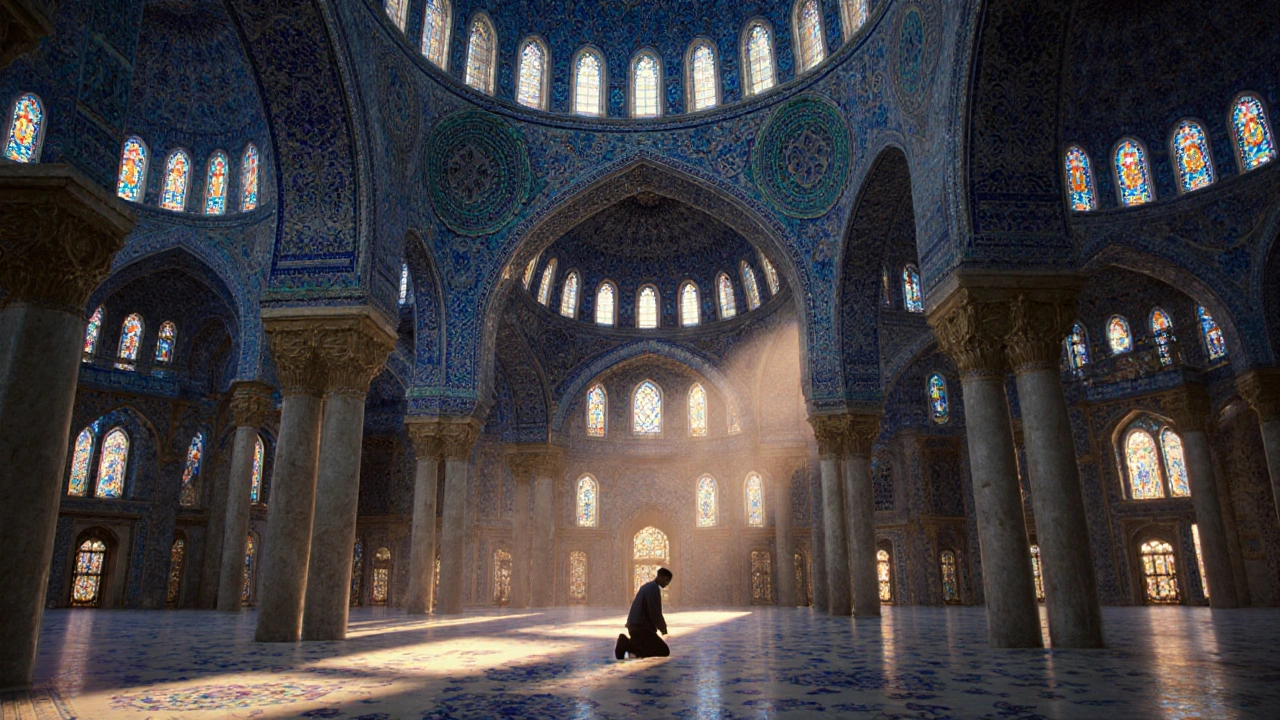
The Palace That Watched Over It All
A ten-minute walk uphill from the square, Topkapi Palace looms over the Bosphorus. The sultans didn’t live here for long-by the 18th century, they’d moved to Dolmabahçe. But Topkapi still holds the Sacred Relics: the Prophet Muhammad’s cloak, his tooth, and the staff of Moses. Locals come here on religious holidays, not for the architecture, but for the spiritual weight. The Treasury is where you’ll find the Spoonmaker’s Diamond-100 carats, found by a beggar who sold a spoon to buy bread. The story is still told in Turkish folk songs.
Don’t rush through the Harem. The rooms are small, dim, and lined with hand-painted tiles from the 17th century. The women who lived here-concubines, mothers, servants-were never free, but they shaped the empire. Their influence was real. Roxelana, Hürrem Sultan, rose from slavery to become the most powerful woman in Ottoman history. Her portrait hangs in the Harem, painted in oils by a Venetian artist, but her legacy is written in Istanbul’s streets.
Where Locals Really Go
Most visitors eat at the restaurants facing the Blue Mosque-overpriced, touristy kebabs served with plastic forks. The real Istanbul food is a five-minute walk away, down a narrow alley behind the Hippodrome, where a tiny stall called İstanbul Kebapçısı has been serving lamb döner since 1968. The owner, Mehmet Bey, still cuts the meat by hand. He doesn’t take cards. Cash only. You sit on plastic stools, eat with your fingers, and drink ayran from a glass. No one speaks English. You don’t need to.
For coffee, skip the chains. Head to Arabian Coffee House, tucked under the arcades near the entrance to the Grand Bazaar. The owner, Halil, grinds beans with a hand mill and brews them in a cezve over charcoal. He’ll ask where you’re from. If you say ‘İstanbul,’ he’ll smile and add an extra spoon of sugar. If you say ‘New York,’ he’ll say, ‘Ah, you’ve never tasted real Turkish coffee.’ He’s right.
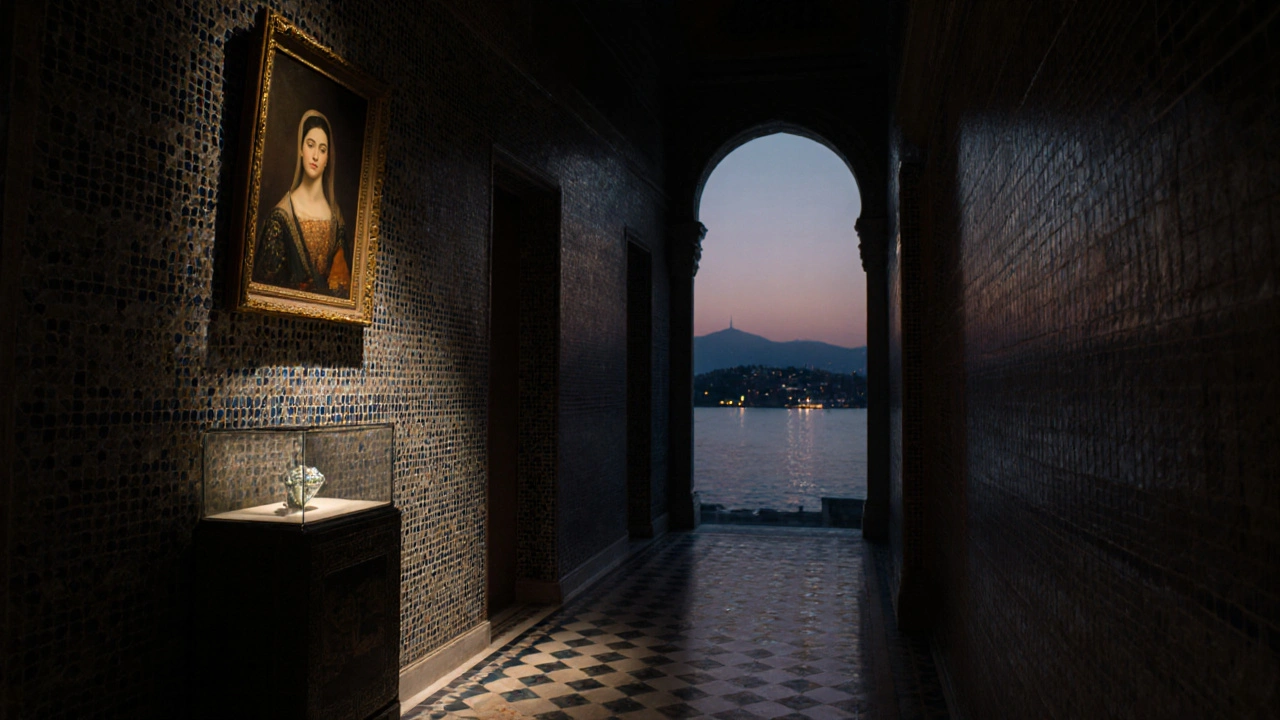
The Rhythm of the Square
Sultanahmet doesn’t sleep. At 4 a.m., the call to prayer from the Blue Mosque rolls over the rooftops. By 6 a.m., the street sweepers-wearing traditional fez-style caps-are already at work. At 8 a.m., the old women from the neighborhood gather near the fountain to feed the pigeons. They’ve done it every day for 40 years. One of them, Fatma Hanım, brings a bag of bread every morning. She says the pigeons remember her face. I’ve seen her point to one bird and say, ‘That’s the one who stole my pastry last Tuesday.’
At dusk, the square fills with families. Children chase each other around the obelisk. Teenagers take selfies with the Blue Mosque in the background. Couples sit on benches, silent, watching the light change on the domes. It’s not a tourist moment. It’s a home moment.
Why This Place Still Matters
Sultanahmet Square isn’t preserved in glass. It’s lived in. It breathes. The same stones that felt the hooves of Roman chariots now bear the footsteps of a grandmother walking her granddaughter to school. The same walls that echoed with imperial proclamations now hold the quiet murmur of a mother telling her child, ‘This is where our story began.’
When you walk through Istanbul’s historic center, you’re not just seeing monuments. You’re walking through layers of belonging. The Blue Mosque doesn’t just belong to Muslims. Hagia Sophia doesn’t just belong to Christians. Topkapi doesn’t just belong to Turks. They belong to everyone who has ever stood here, quiet, wondering how so much history could fit into one square.
And that’s why, even after 1,700 years, Sultanahmet Square remains the heart of Istanbul-not because of its size, but because it still holds space for everyone who comes to it.
Can you visit Sultanahmet Square for free?
Yes, Sultanahmet Square itself is open to the public at all times and free to enter. You can walk around the Hippodrome, admire the obelisk and the Serpentine Column, and take photos of the Blue Mosque and Hagia Sophia from the outside without paying. However, entering the Blue Mosque requires removing your shoes and dressing modestly-no entrance fee, but you must respect the prayer times. Hagia Sophia and Topkapi Palace have separate admission fees, which are not included in the square’s access.
What’s the best time to visit Sultanahmet Square to avoid crowds?
The quietest time is early morning, between 6 a.m. and 8 a.m., especially on weekdays. The Blue Mosque is often empty before the first prayer, and the square is just waking up with locals getting coffee and feeding pigeons. Sunset is also beautiful and less crowded than midday. Avoid weekends and public holidays, when tour buses flood the area. If you’re staying in Istanbul, go at dawn-you’ll have the square almost to yourself.
Is Sultanahmet safe for solo travelers and women?
Yes, Sultanahmet is one of the safest areas in Istanbul, day and night. It’s heavily monitored, well-lit, and full of people-locals, police, shopkeepers, and tourists. Women can walk alone without issue, though dressing modestly (covering shoulders and knees) helps avoid unwanted attention. At night, the area stays busy until midnight, especially around the main roads. Stick to the main paths, avoid side alleys after dark if you’re unfamiliar, and trust your instincts. Locals are generally helpful and will point you in the right direction.
What should I wear when visiting the Blue Mosque and Hagia Sophia?
For both the Blue Mosque and Hagia Sophia, women should cover their head, shoulders, and legs. Scarves are provided for free at the entrance of the Blue Mosque, but bringing your own is better-lightweight cotton works well. Men should wear long pants and avoid sleeveless shirts. No shorts, tank tops, or flip-flops are allowed inside. Shoes must be removed before entering the mosque, so wear easy-to-take-off footwear. Hagia Sophia has no dress code enforcement anymore, but locals still expect modesty. It’s not just rules-it’s respect.
How do I get to Sultanahmet Square from other parts of Istanbul?
The easiest way is by tram. Take the T1 line to Sultanahmet station-it stops right outside the square. From Taksim, it’s about 30 minutes. From Kadıköy, take the ferry to Eminönü and walk 10 minutes across the Galata Bridge. If you’re staying in Beyoğlu or Karaköy, walking is pleasant and safe. Taxis are plentiful, but avoid them during rush hour-traffic around the square is heavy. Metro doesn’t reach Sultanahmet directly, so tram is your best bet. Locals always say: ‘Take the tram. It’s slow, but you’ll see the city waking up.’


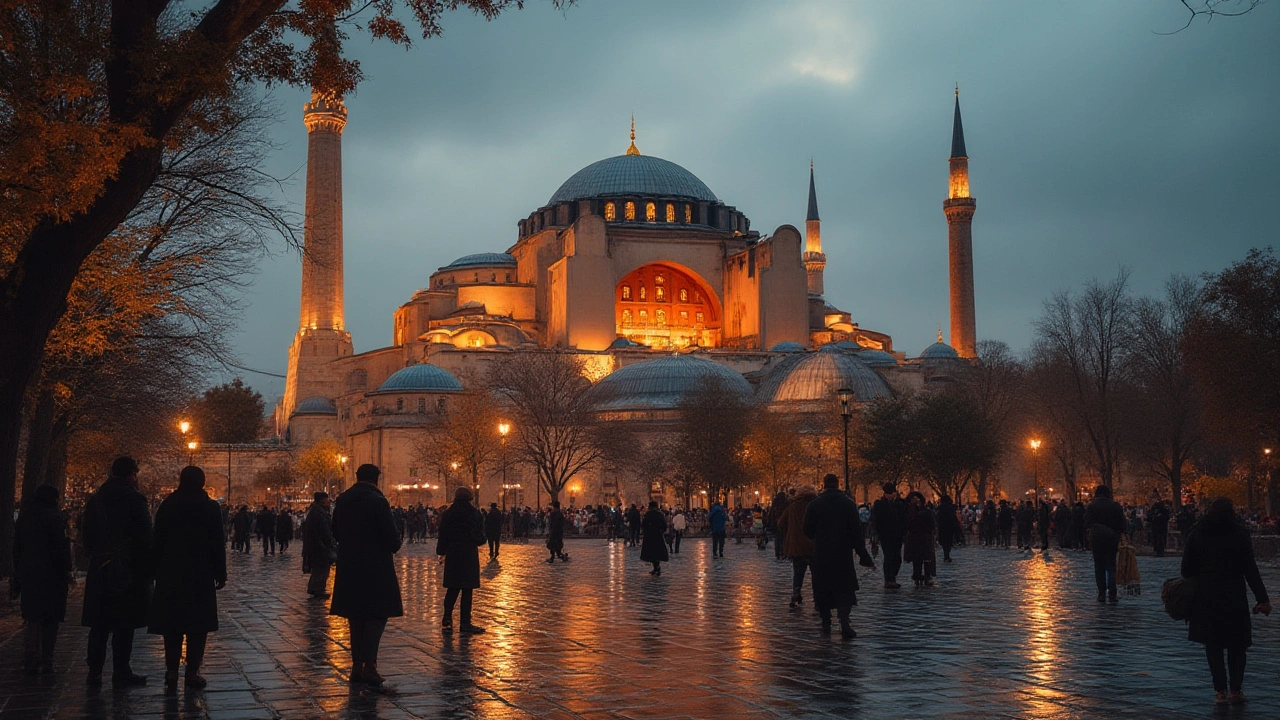

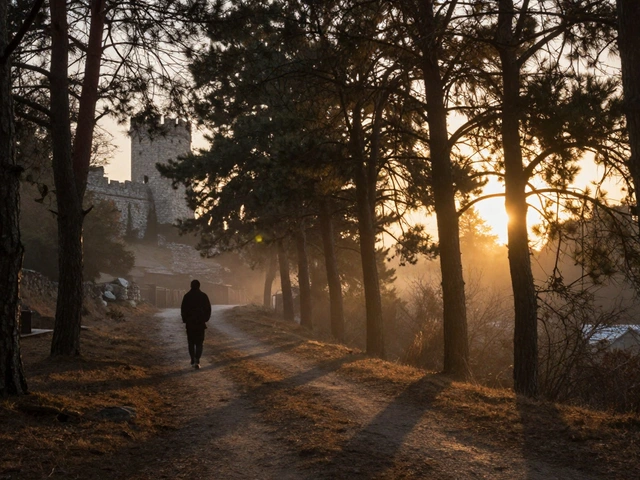
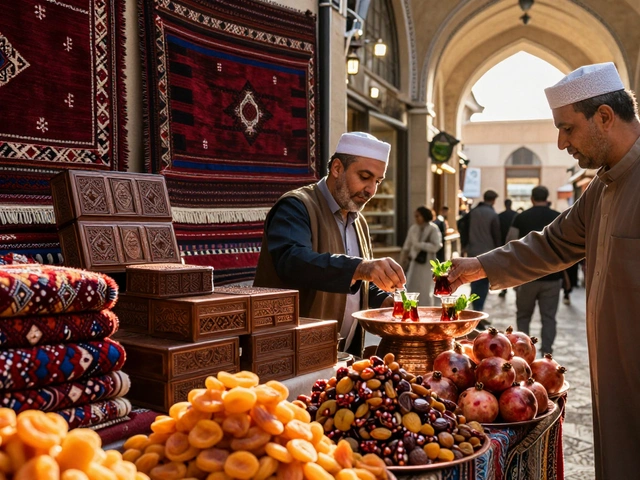
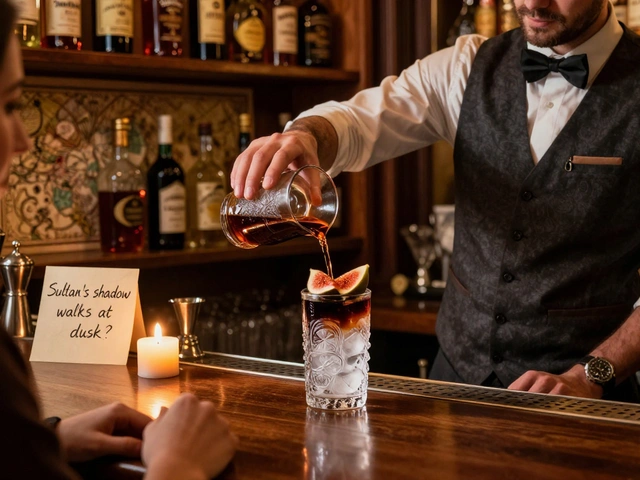

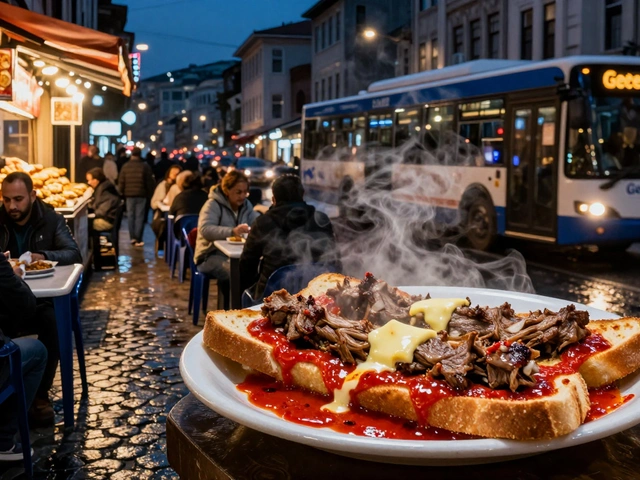


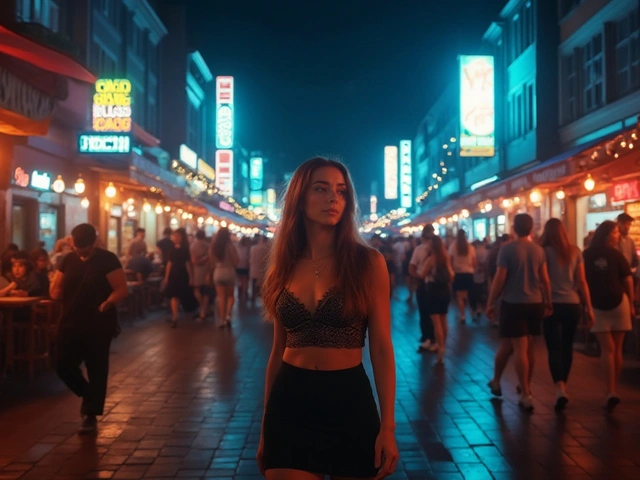
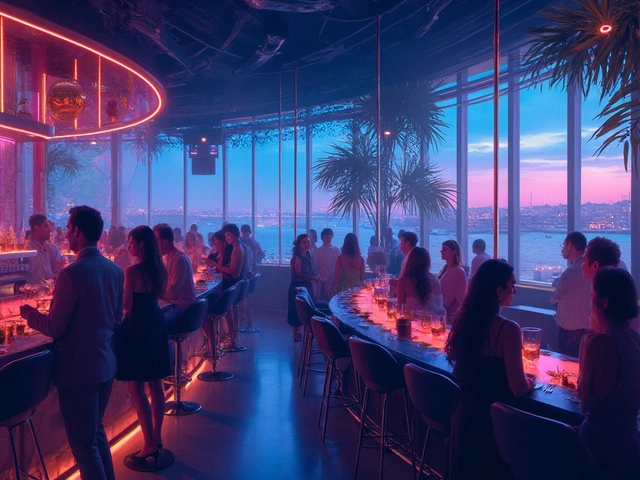
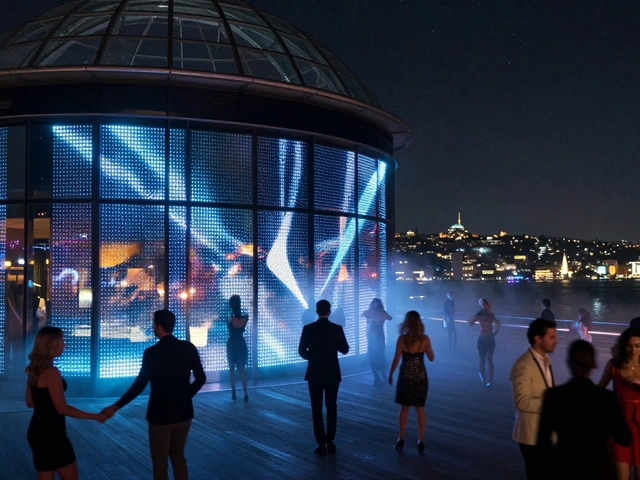
8 Comments
There is something profoundly metaphysical about Sultanahmet Square-a space where time does not merely pass, but accumulates, crystallizes, and reverberates through the architecture of human memory. The Serpentine Column, worn smooth by countless hands, becomes not just an artifact but a tactile archive of collective hope. Each rub, each whispered wish, is an act of continuity-an affirmation that even in the face of imperial collapse, cultural erasure, and religious transformation, the human spirit persists in its quiet rituals. The square is not preserved; it is participated in. And perhaps that is the highest form of heritage: not as monument, but as mutual act of belonging.
Ok but like… the Blue Mosque has 6 minarets because the sultan was salty his palace couldn't see the Hagia Sophia’s 4? 😏 Also, the ‘Spoonmaker’s Diamond’? A beggar found a 100-carat rock and sold a spoon? That’s not history-that’s a Disney pitch with better lighting. 🤭
People still believe in snake wishes? Lol. And why is everyone acting like this place is magic? It’s just old stones and tourists.
Did you know the Serpentine Column was originally part of a secret Babylonian energy grid? The three snakes? They’re not just decorative-they’re ancient power conduits. The Crusaders didn’t just take heads-they stole the central nodes to shut down the grid. That’s why the square still hums at 4 a.m.-it’s not the call to prayer, it’s the grid trying to reboot. And Hagia Sophia? They didn’t convert it to a mosque-they buried the original power source under the mihrab. The mosaics? They’re not religious-they’re schematics. And the Turkish coffee? The extra sugar? That’s a signal. Halil knows who’s listening. You think this is tourism? It’s a cover for a 2,000-year-old surveillance network. They’ve been watching since the Romans. And you’re just eating döner like a sheep.
I love how this post doesn’t just describe a place-it honors the quiet, invisible people who keep it alive: Fatma Hanım with her pigeons, Mehmet Bey cutting meat by hand, Halil adding that extra spoon of sugar… These aren’t tourist attractions-they’re acts of love. And yes, the Blue Mosque and Hagia Sophia are sacred, yes, they’re historic-but what makes them real is that they’re still part of daily life. No glass case. No velvet rope. Just people. Just breath. Just belonging. Thank you for writing this.
Wow, 1700 years of history and you still think the pigeons remember Fatma? Bro, pigeons don’t have that kind of memory. They just know where the free bread is. 😴
Is it true that the Harem rooms were so small because the women weren’t meant to be seen? I read that they had no windows facing outside… but still shaped the empire? That’s… kind of haunting.
Let me tell you something-when I first walked into Sultanahmet at dawn, I didn’t know what I was feeling. I just knew I was standing on ground that had seen emperors, caliphs, revolutionaries, and grandmothers all breathing the same air. That’s not tourism. That’s communion. The döner stall? The coffee? The pigeons? They’re not side notes-they’re the heartbeat. And if you think Hagia Sophia is just a museum or a mosque, you’re missing the point. It’s a mirror. It shows you what happens when people stop fighting over who owns the past-and start realizing they’re all just passing through it together.